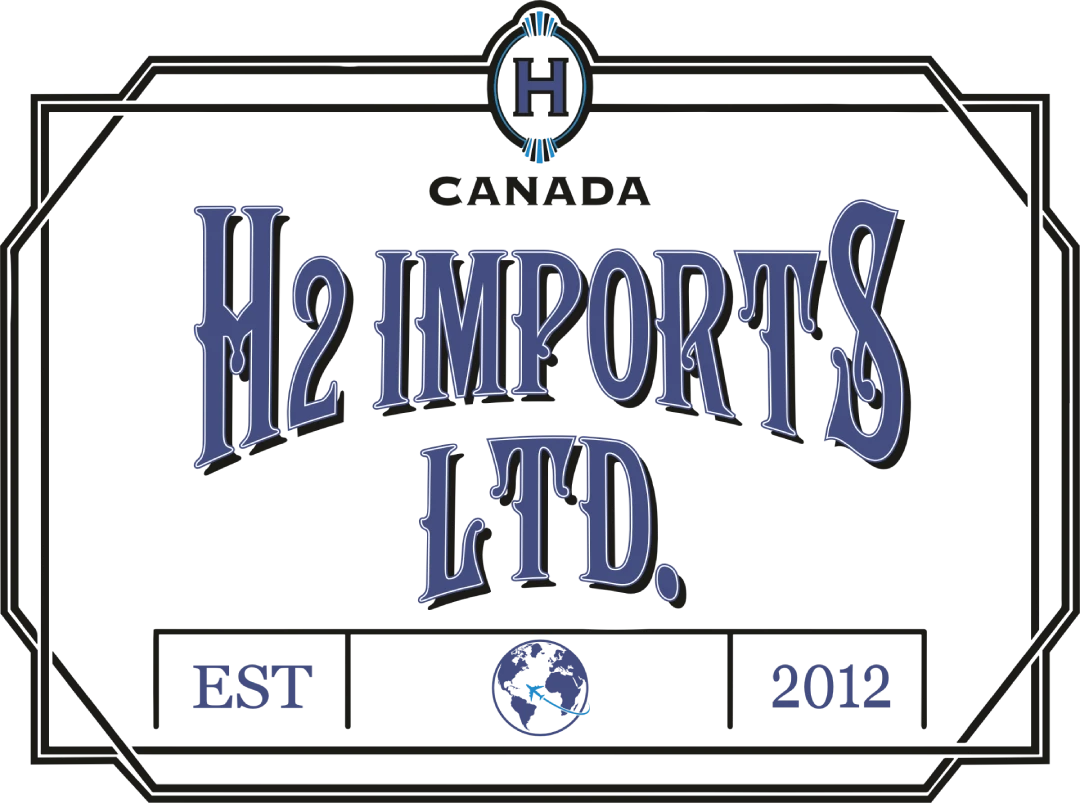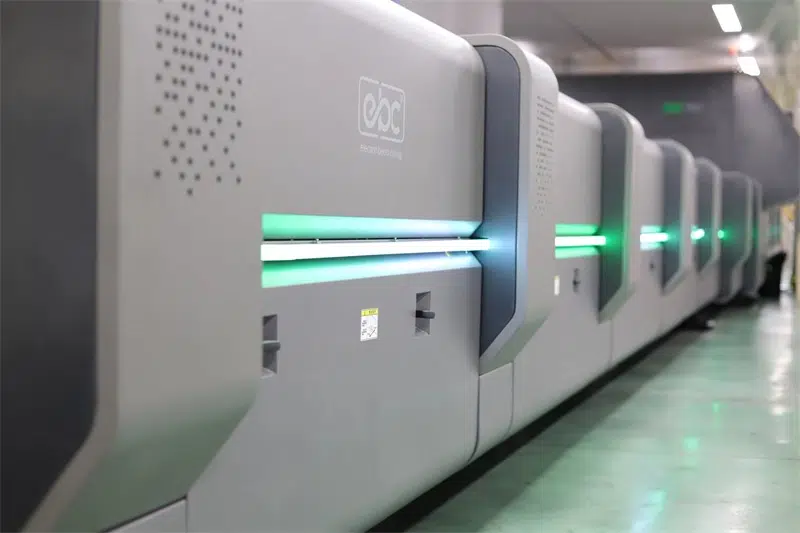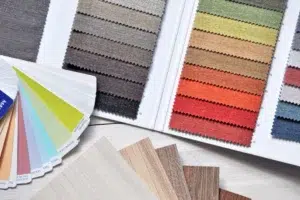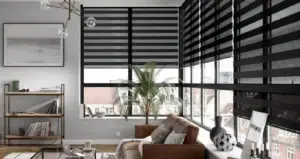Electronic Beam Curing (EBC) Board
An Electronic Beam Curing (EBC) board is a type of board material that has undergone a surface curing process using high-energy electrons. 1 This process is primarily used in the manufacturing of high-pressure laminate (HPL) boards.
How it works:
Durable color: The cured color is highly resistant to fading and scratching.
Environmentally friendly: The process doesn’t require heat, reducing energy consumption.
High-quality finish: EBC boards often have a superior surface finish compared to other HPL methods.
Common applications of EBC boards include:
- Furniture
- Kitchen Countertops
- Wall coverings
- Flooring
Properties of EBC Boards
Hardness and Durability: The electron beam curing process imparts exceptional hardness and resistance to abrasion, making EBC boards highly durable.Chemical Resistance: EBC boards are generally resistant to a wide range of chemicals, making them suitable for various applications.Dimensional Stability: The curing process helps in maintaining the dimensional stability of the board, preventing warping or deformation.Color Fastness: The embedded colors are highly resistant to fading, ensuring long-lasting vibrancy.
Applications Beyond HPL
While EBC is predominantly used for HPL boards, its properties make it suitable for other applications:
- Industrial Panels: EBC boards can be used in industrial settings due to their durability and resistance to harsh environments.
- Marine Applications: Their resistance to moisture and chemicals makes them ideal for marine environments, such as boat interiors.
- Decorative Panels: The vibrant colors and high-quality finish make EBC boards suitable for decorative purposes in interior design.
Environmental Considerations
Energy Efficiency: The EBC process is more energy-efficient than traditional curing methods, as it doesn’t require heat.Reduced Emissions: By eliminating the need for certain chemicals, EBC contributes to lower emissions and a smaller environmental footprint.
Conclusion
Electronic Beam Curing (EBC) has emerged as a significant advancement in the manufacturing of high-pressure laminate (HPL) boards and beyond. By utilizing high-energy electrons, EBC imparts exceptional properties to materials, such as durability, chemical resistance, and color fastness. This process offers environmental benefits by reducing energy consumption and emissions.
While the technology presents some initial challenges, ongoing research, and development are addressing these limitations. The potential for EBC to expand into new applications and materials is promising. As the technology matures, EBC boards are poised to become an increasingly prevalent and valuable component in various industries.
Overall, EBC represents a substantial step forward in materials science and manufacturing, offering a sustainable and high-performance solution for a wide range of products.
FAQs
- Is EB curing safe for the environment? Yes, EB curing is an environmentally friendly process with minimal emissions.
- Can EB curing be used for all types of materials? While EB curing can be applied to a wide range of materials, some materials may not be compatible with the process.
- What are the typical applications of EB curing? EB curing is used in various industries, including coatings, adhesives, inks, and medical devices.
- Is EB curing a complex process? While the underlying technology is complex, the operation of EB curing equipment can be automated and controlled with relative ease.
- What is the future of EB curing? The future of EB curing looks promising, with ongoing research and development aimed at expanding its applications and improving efficiency.





